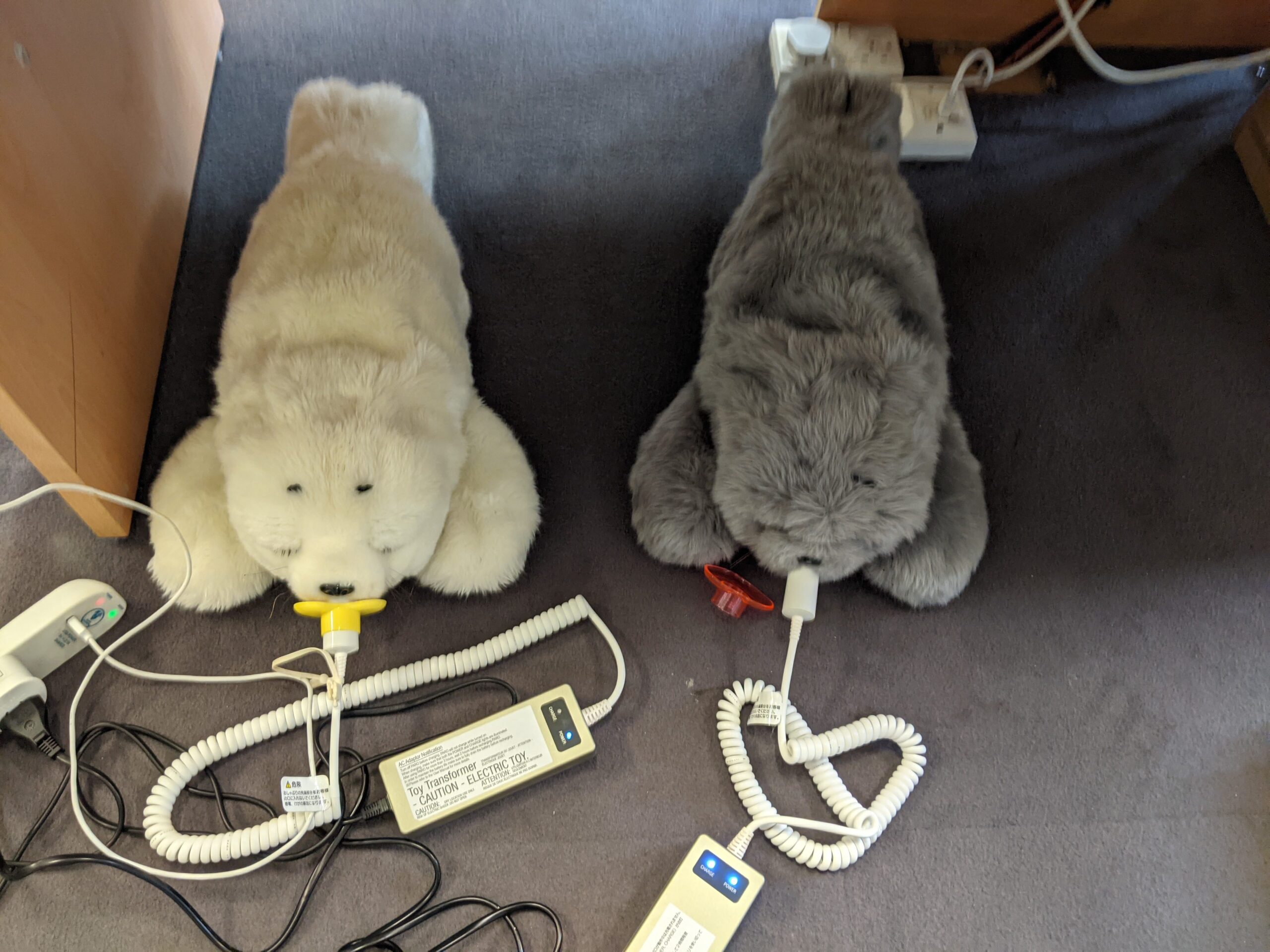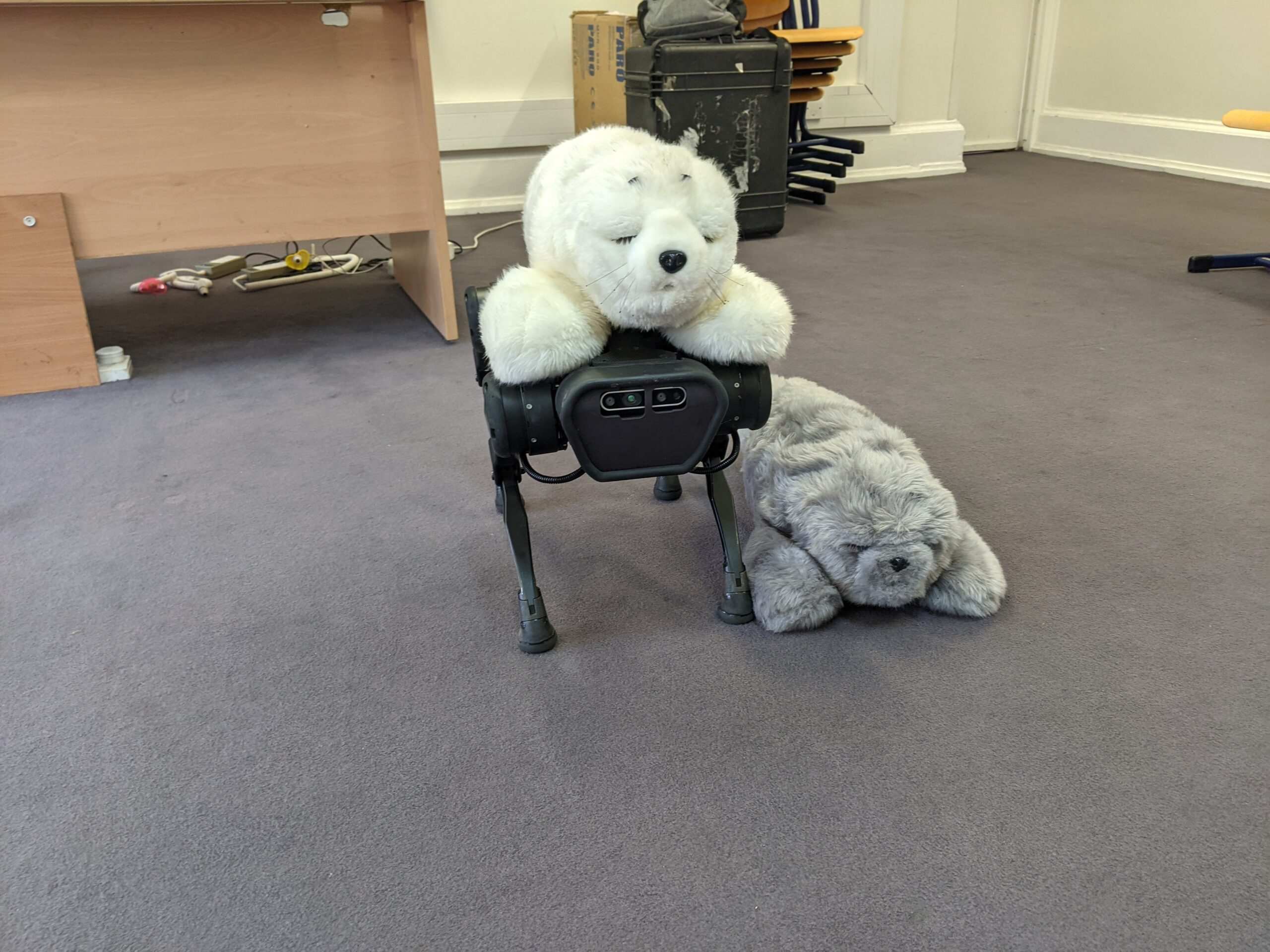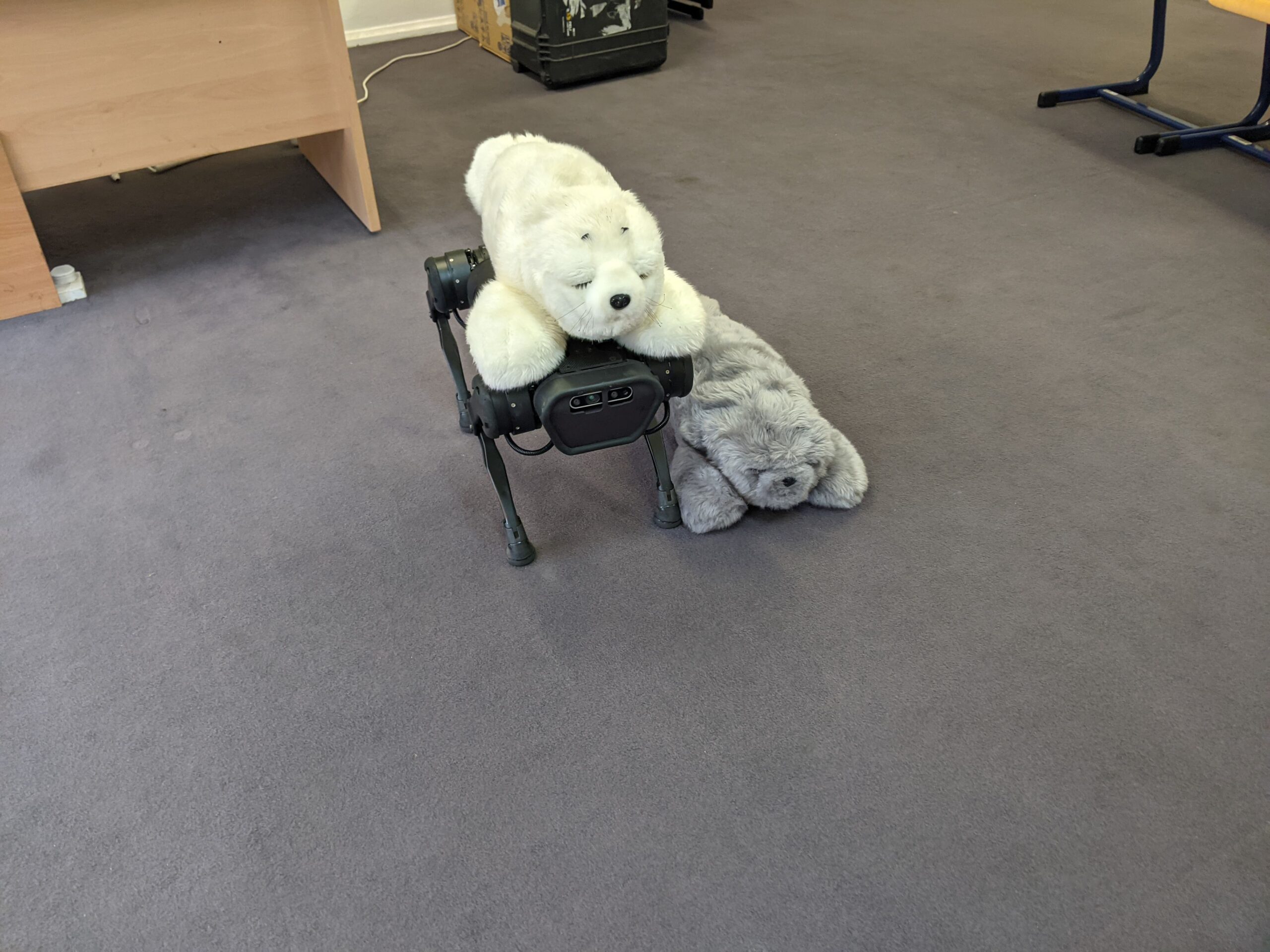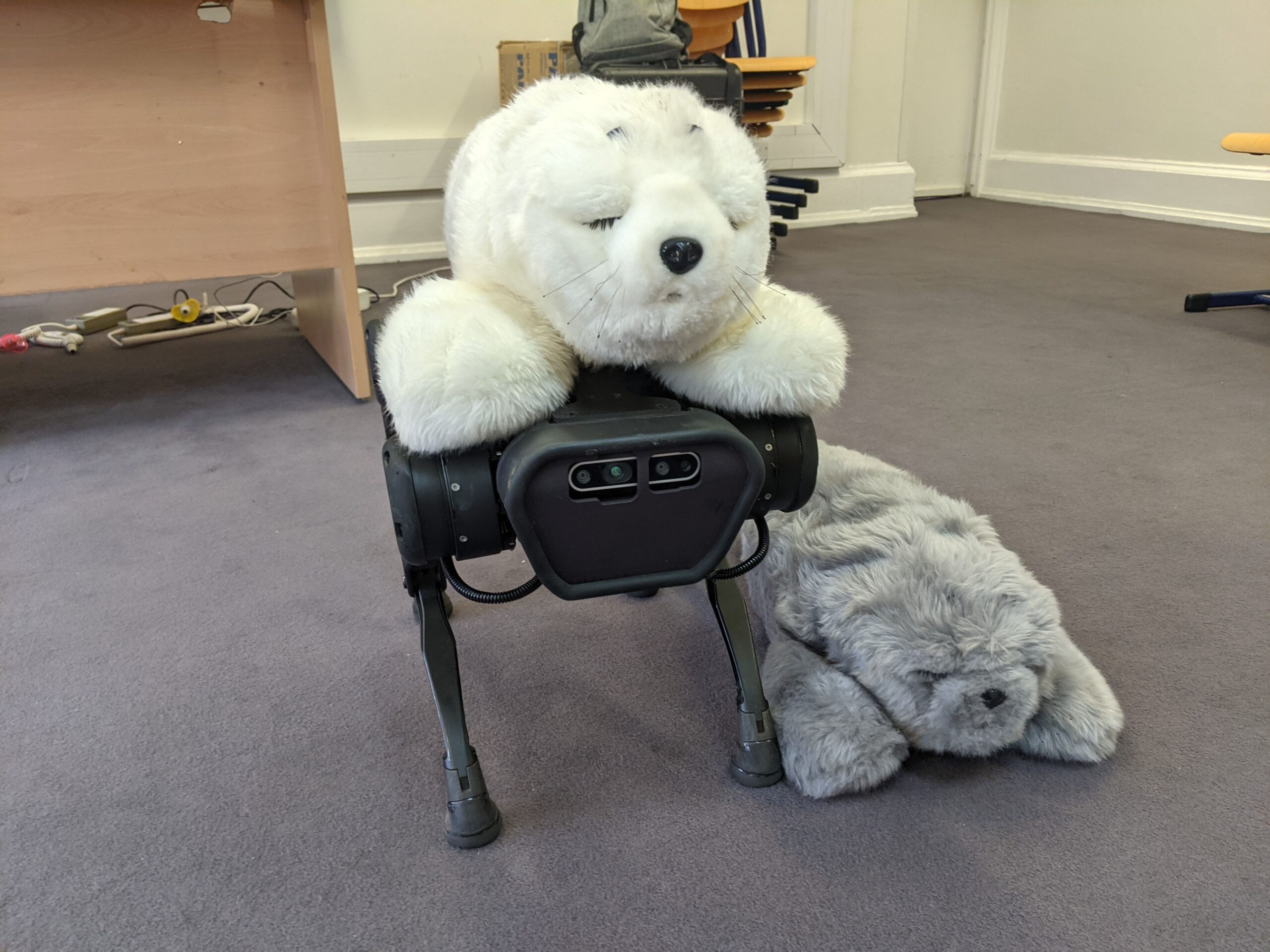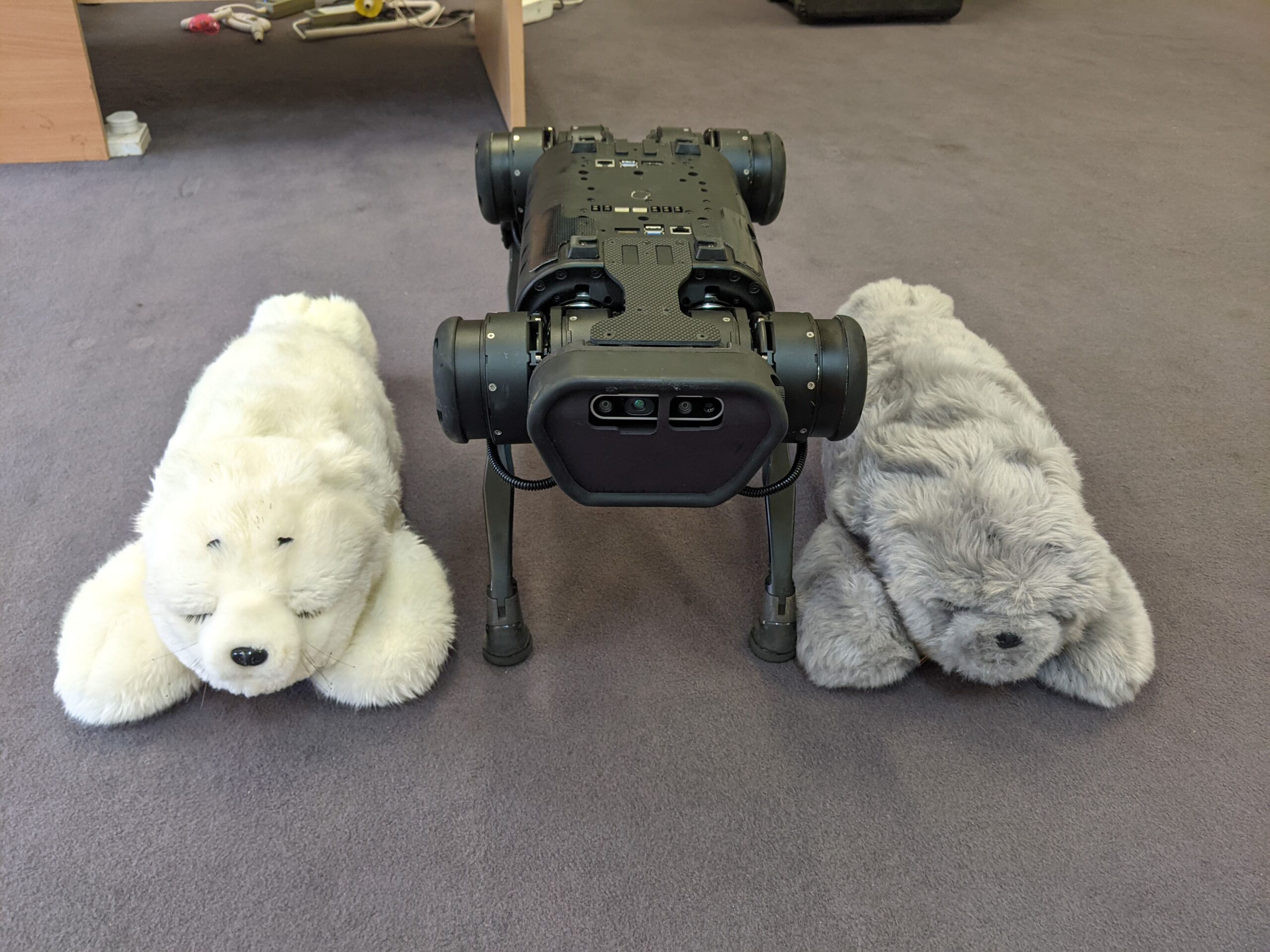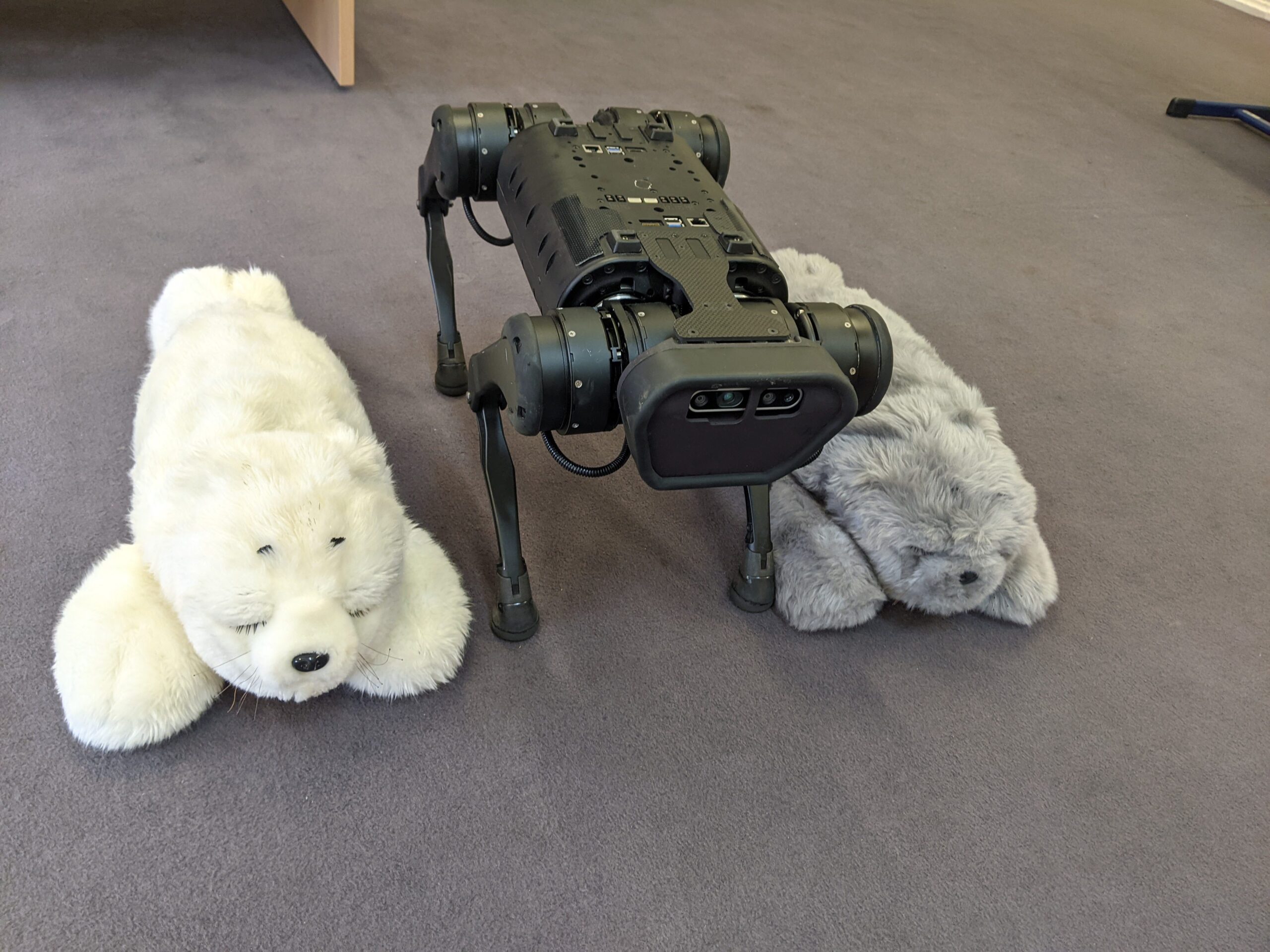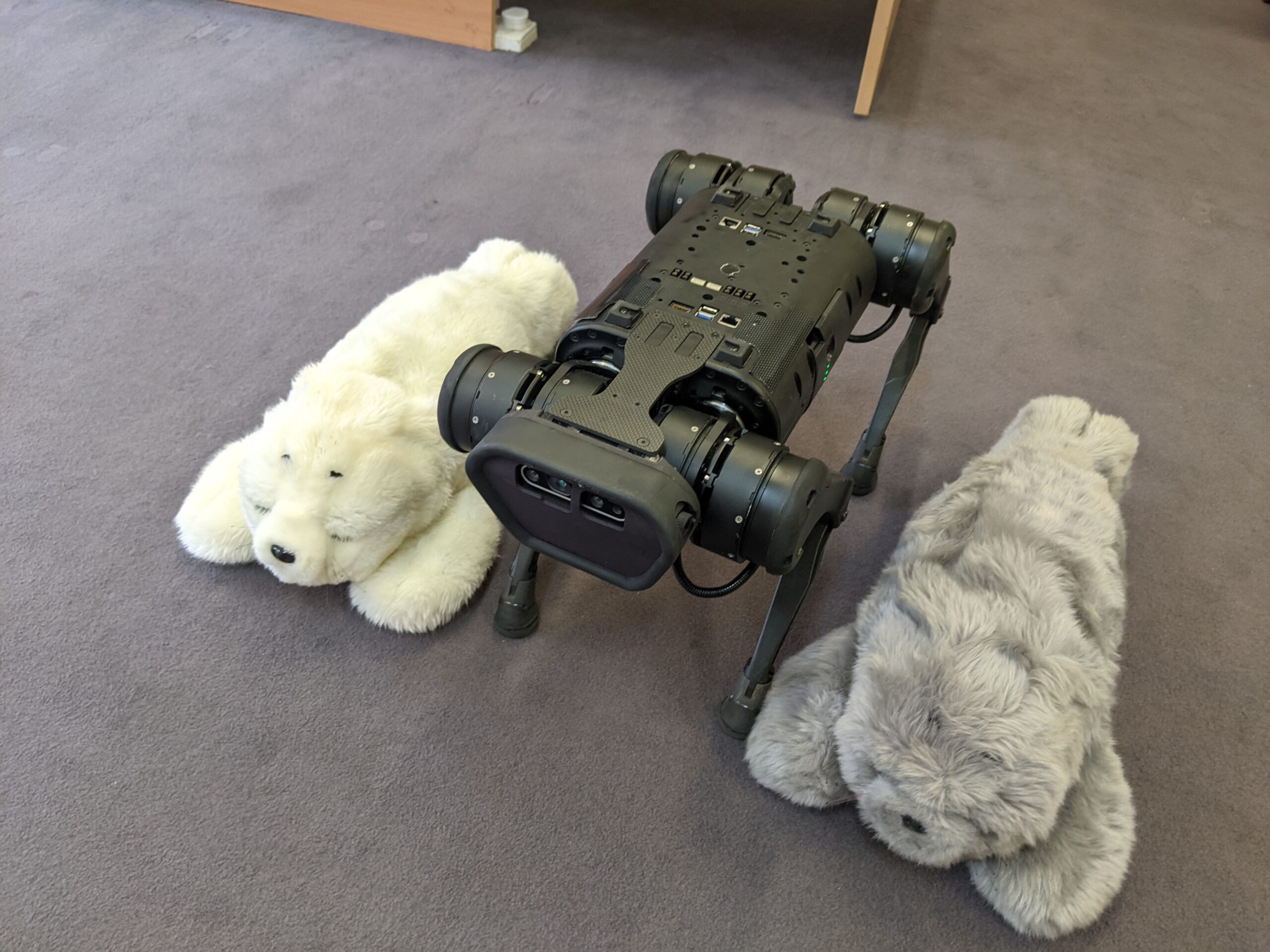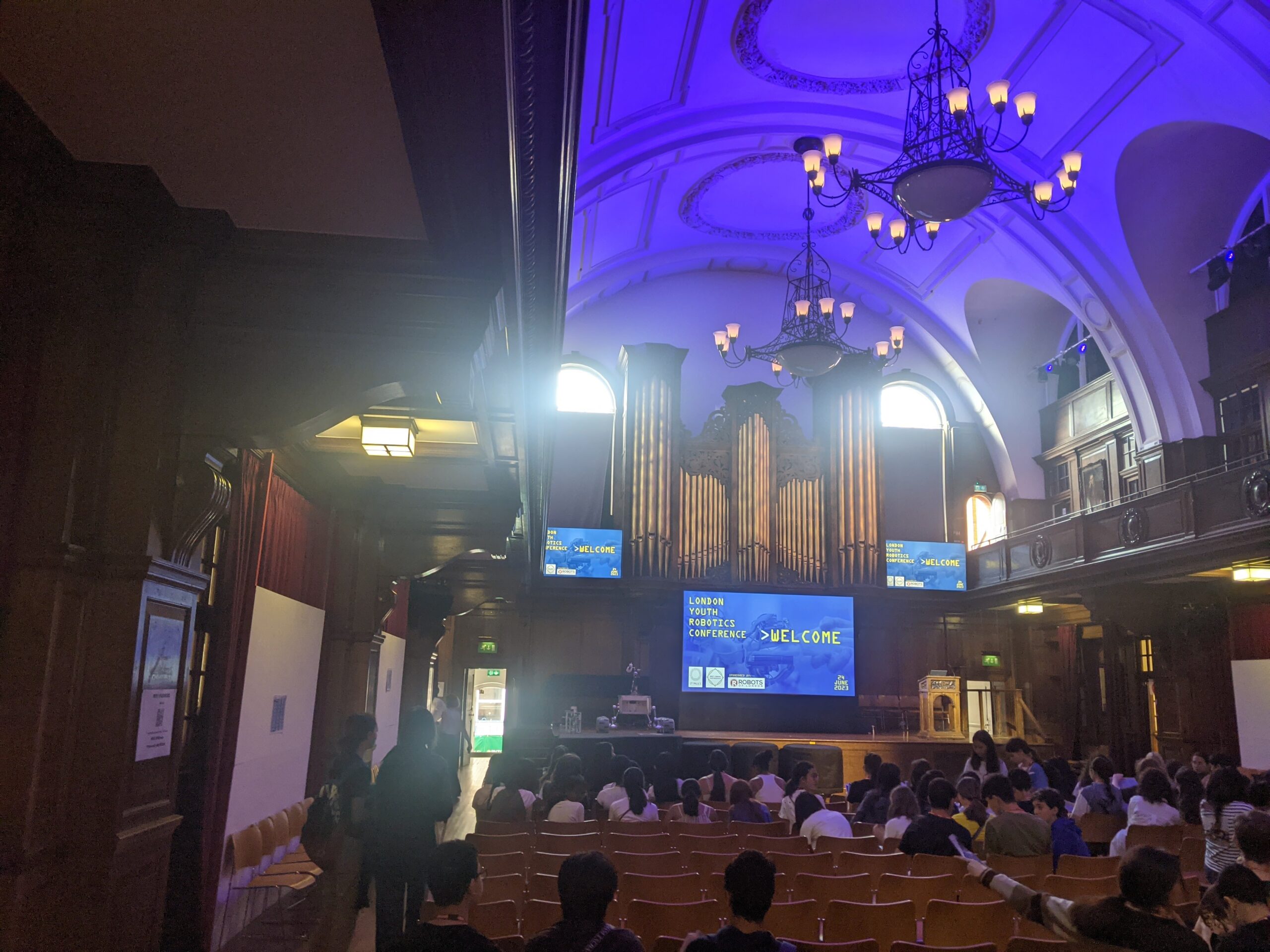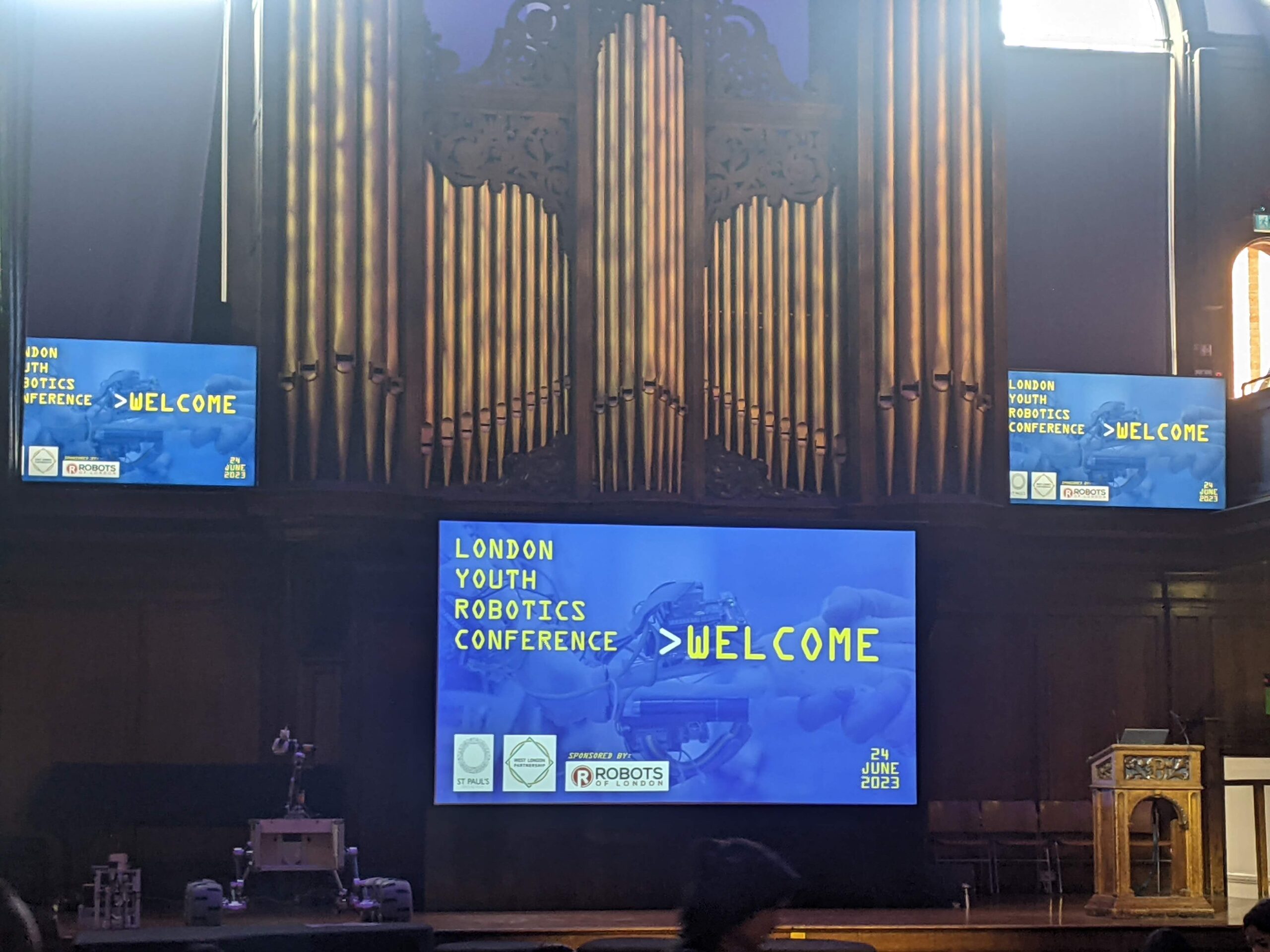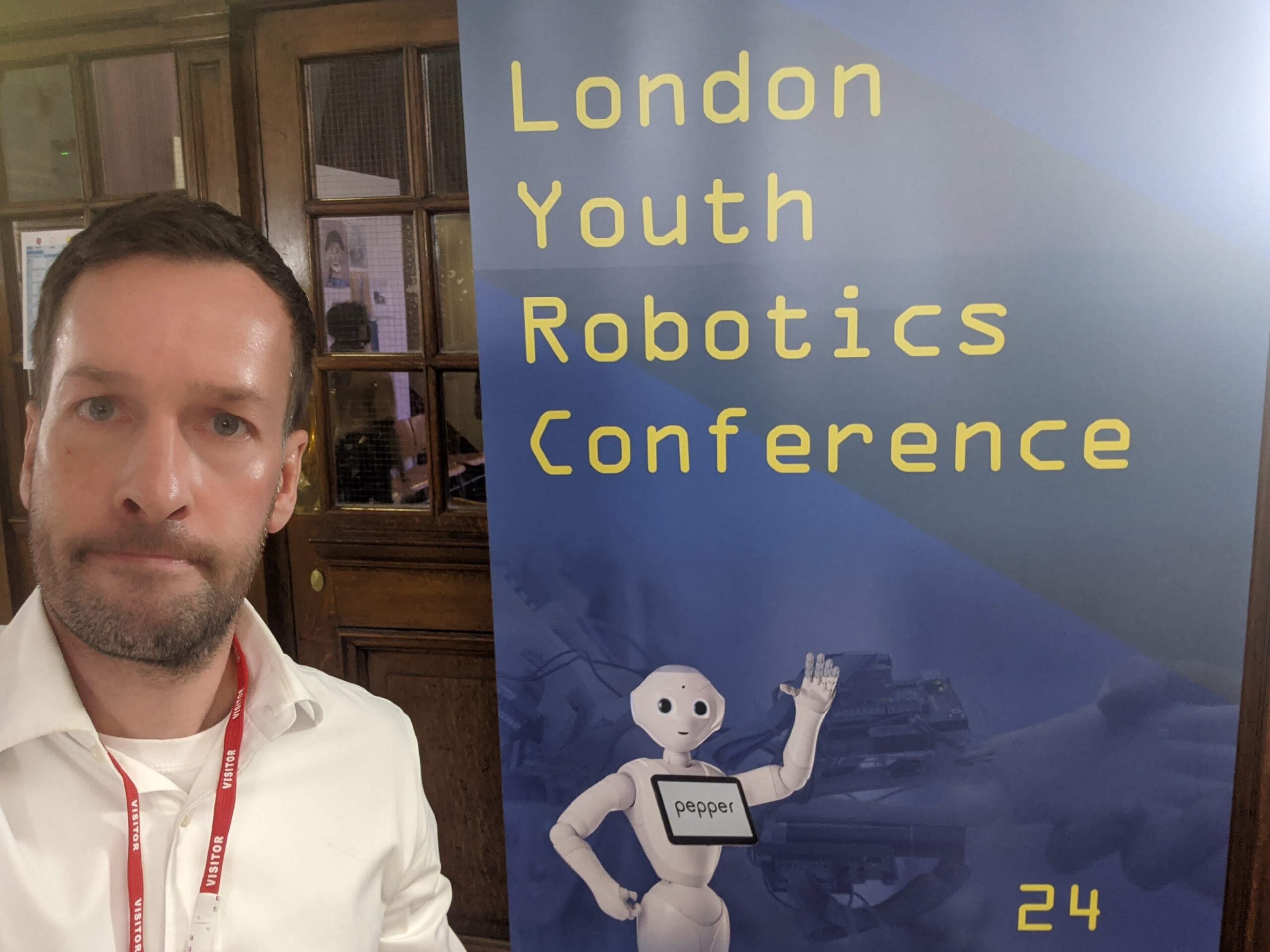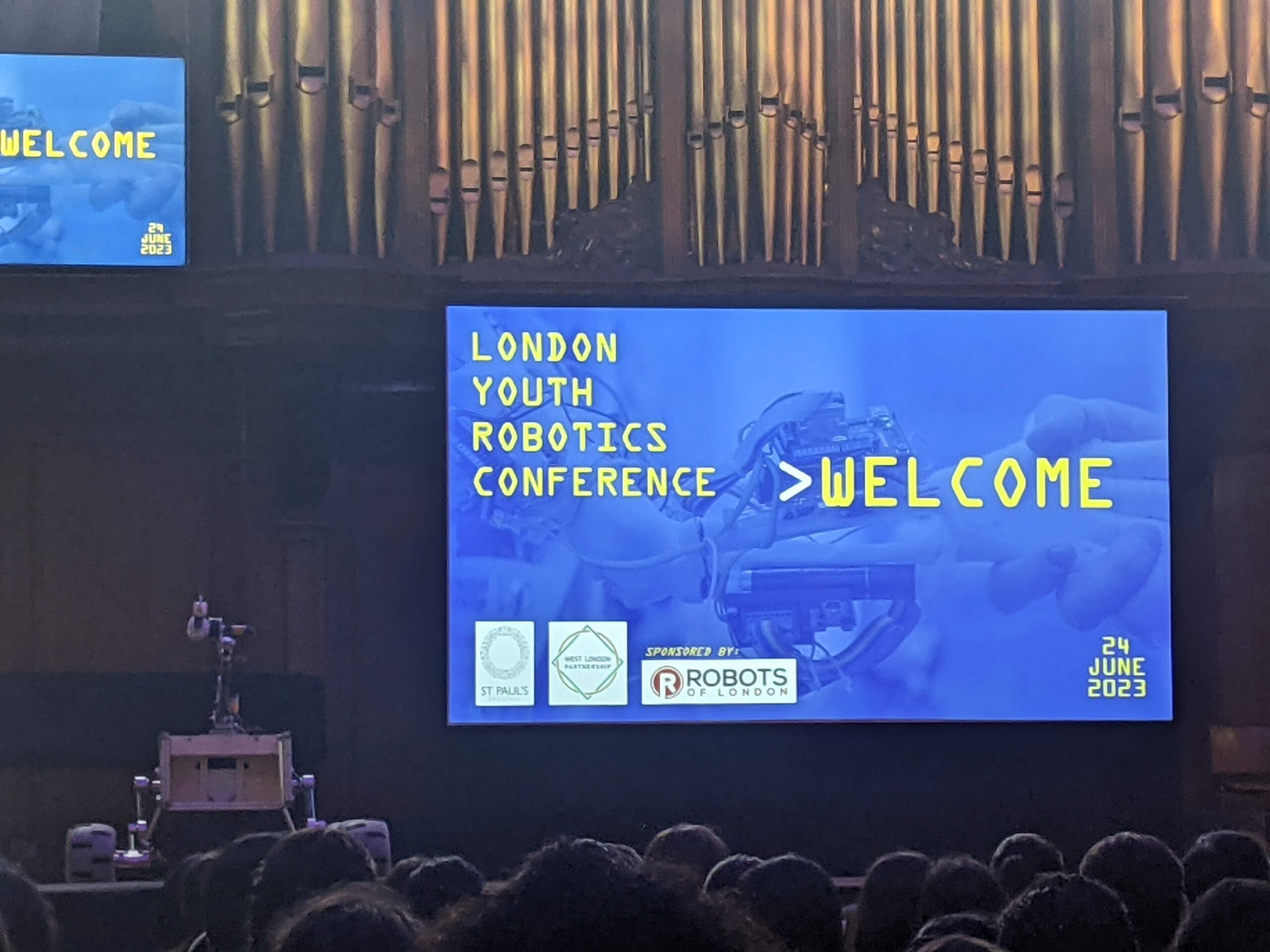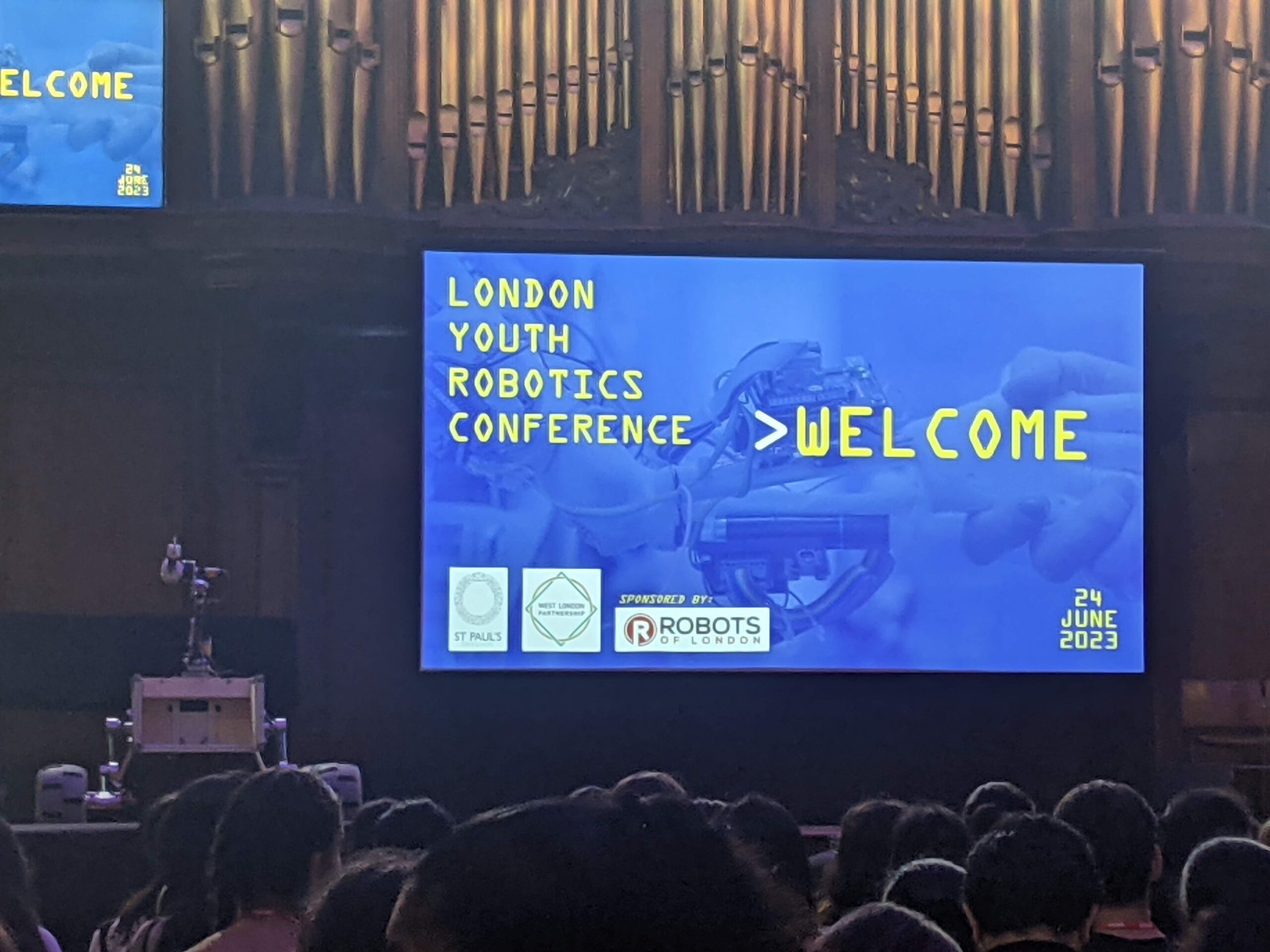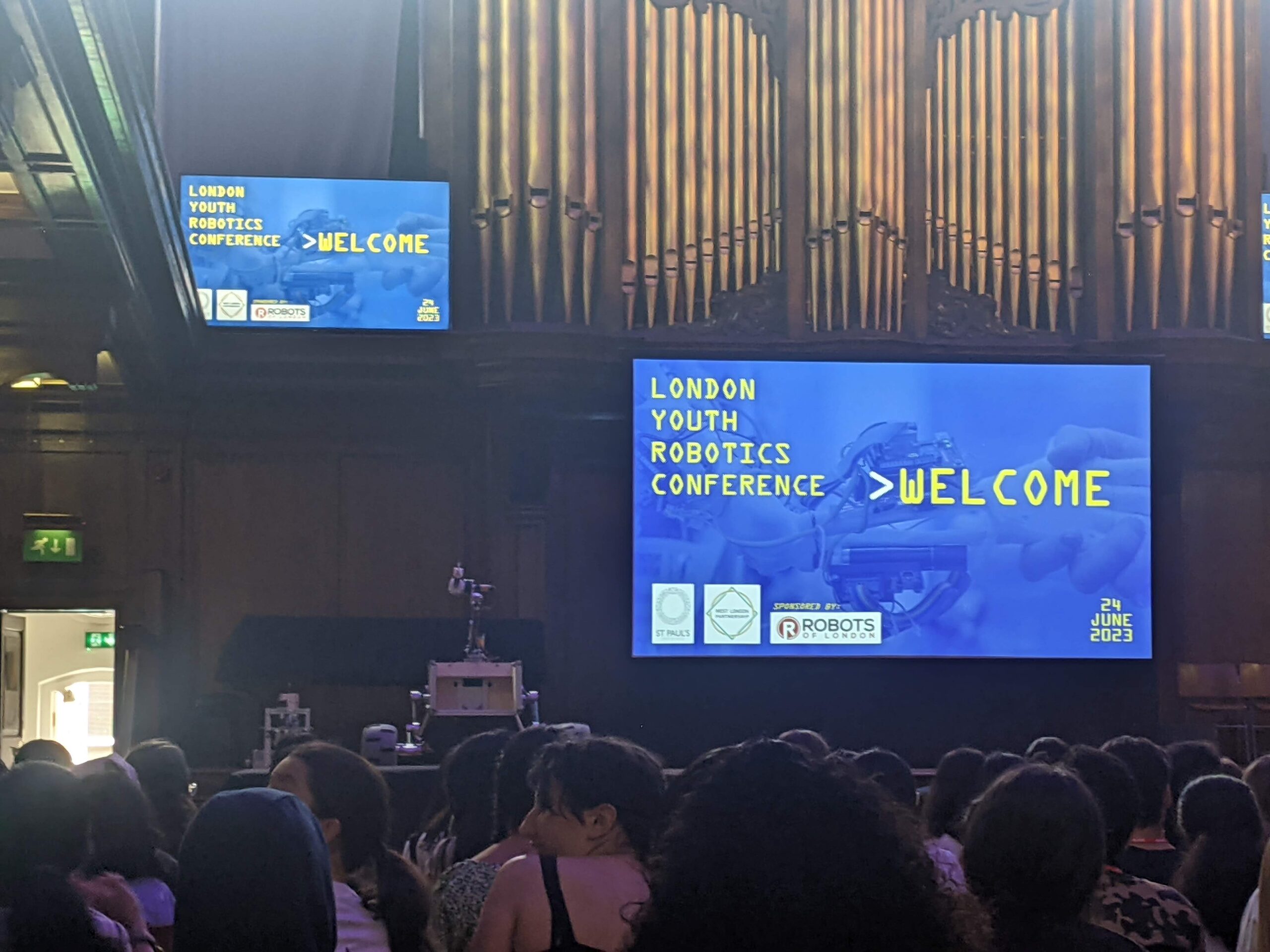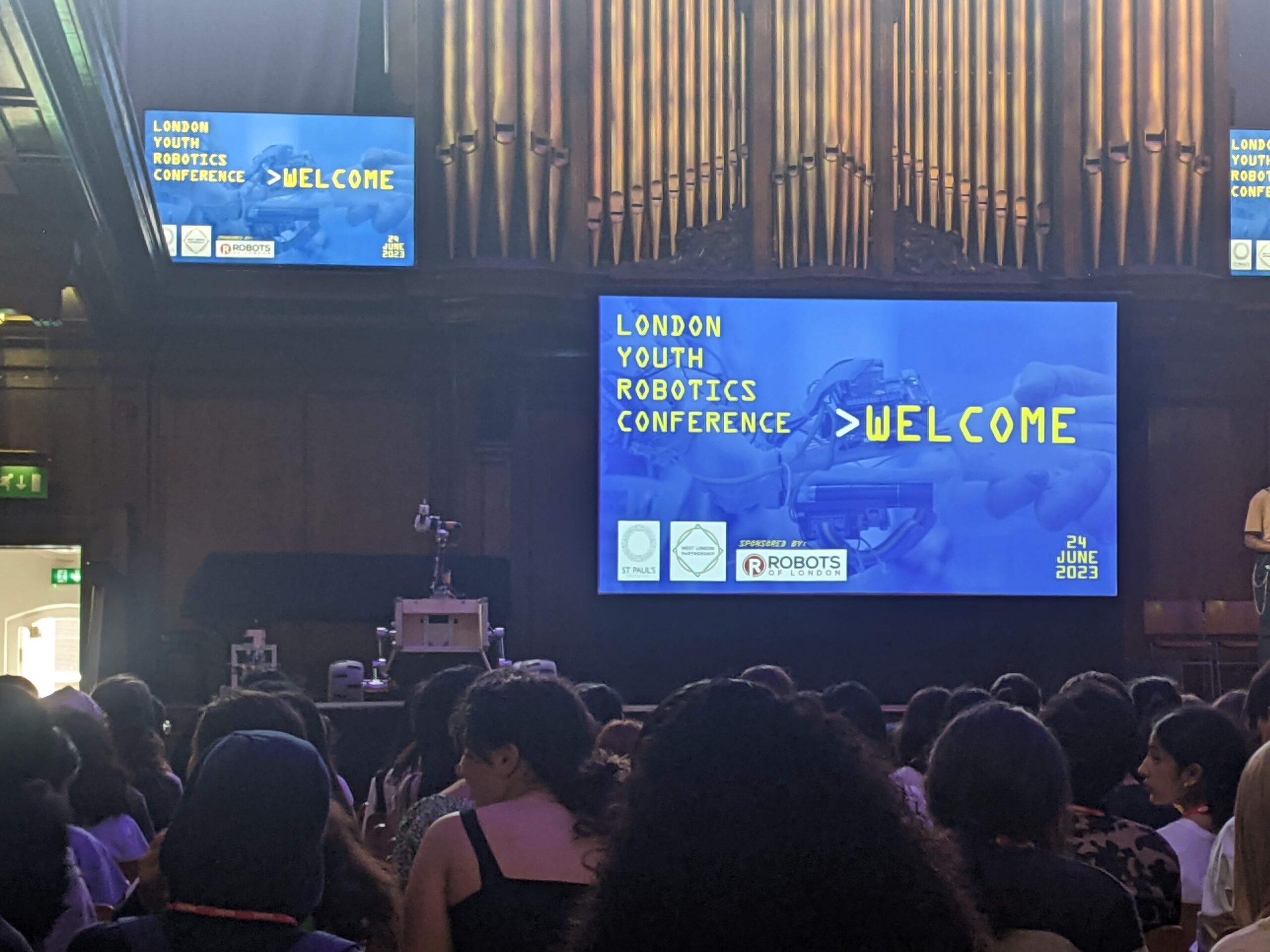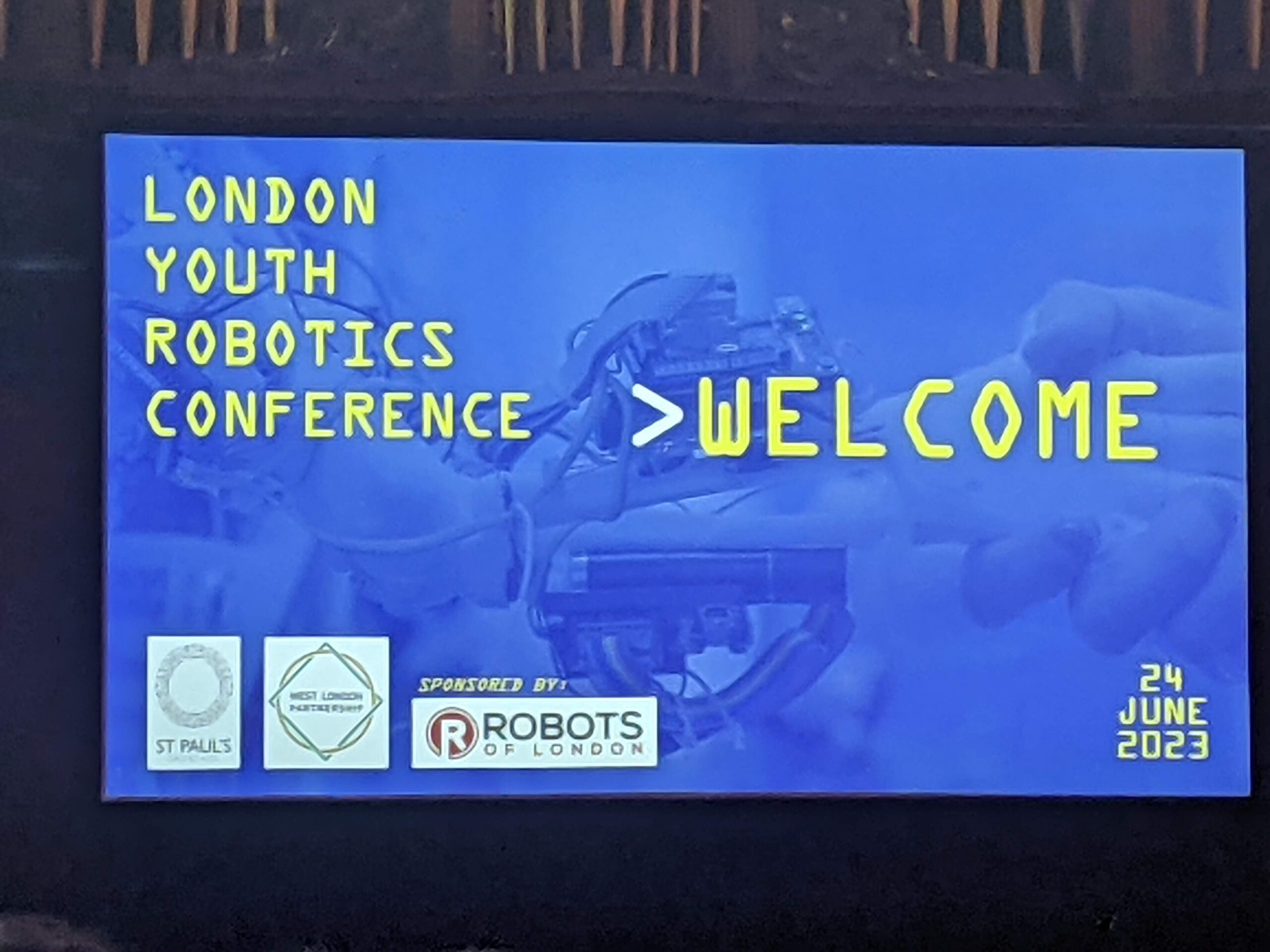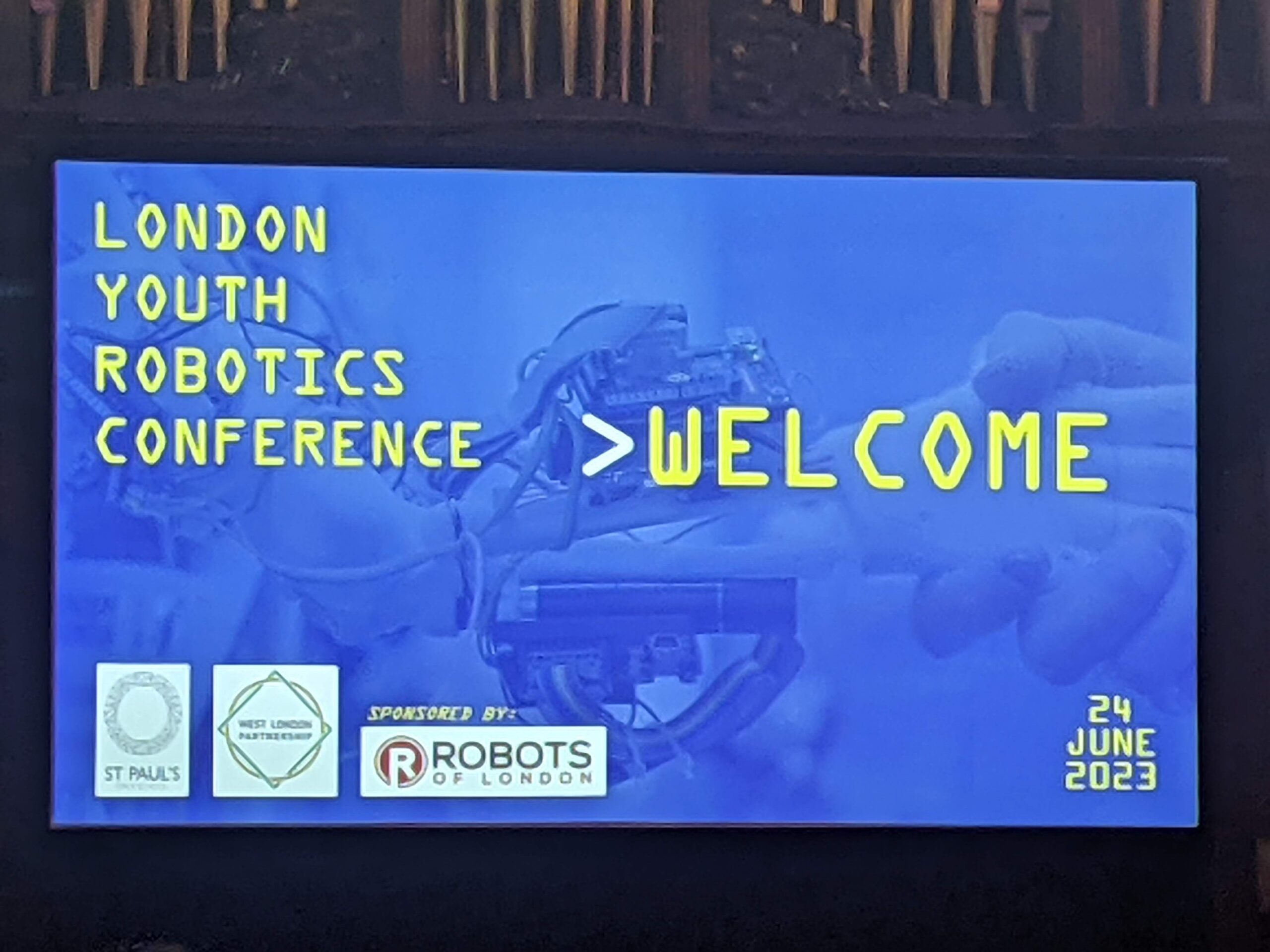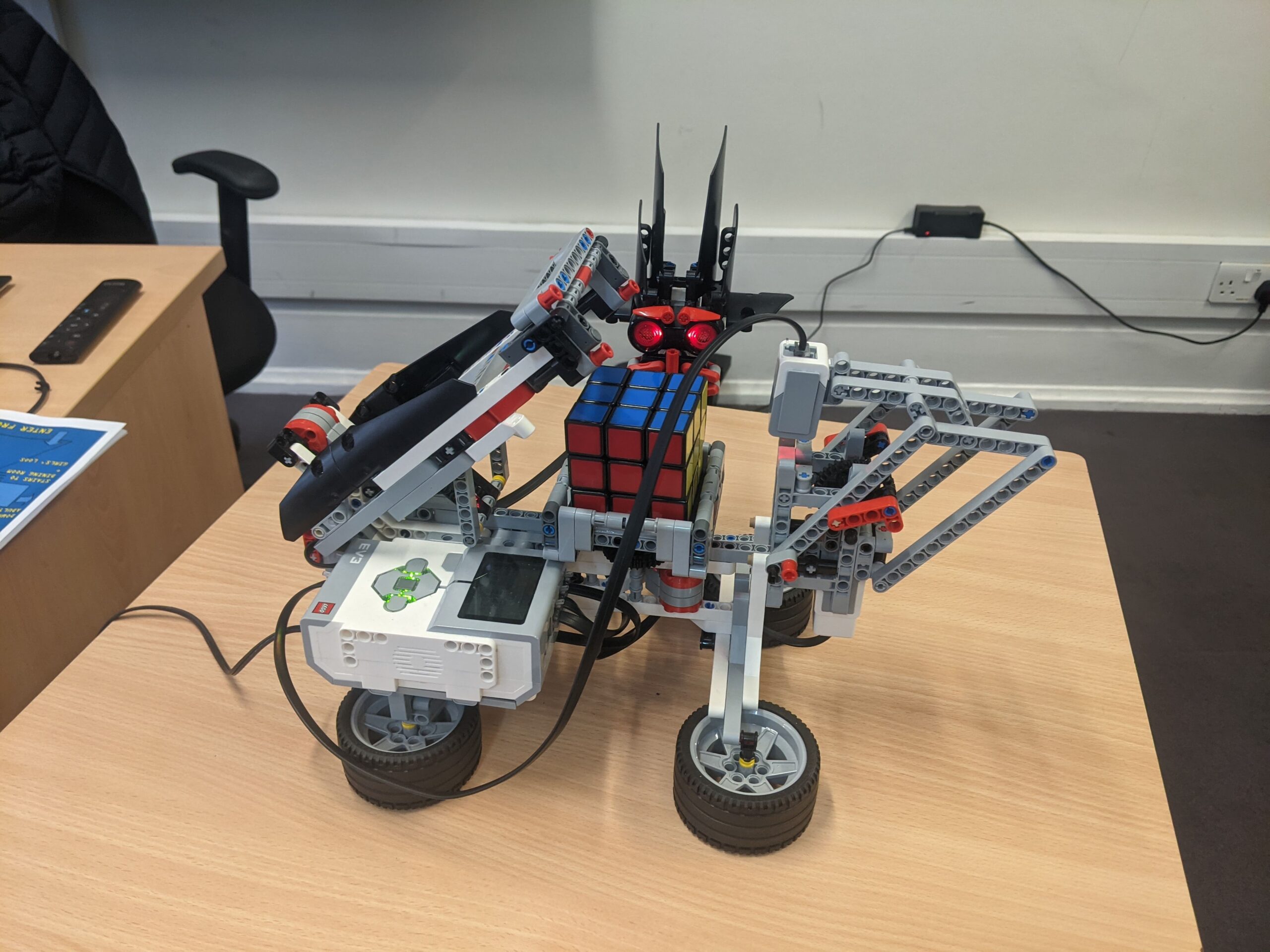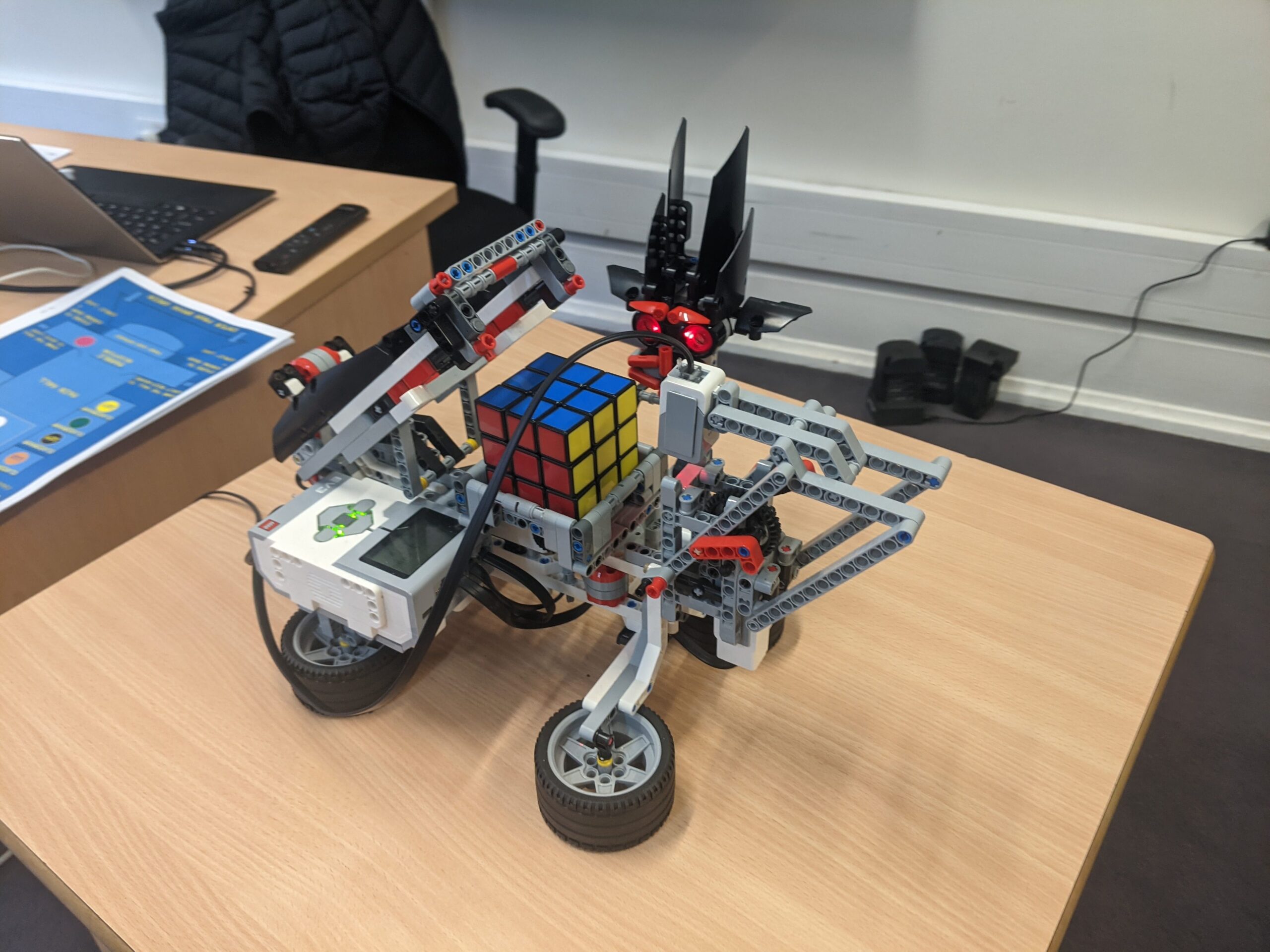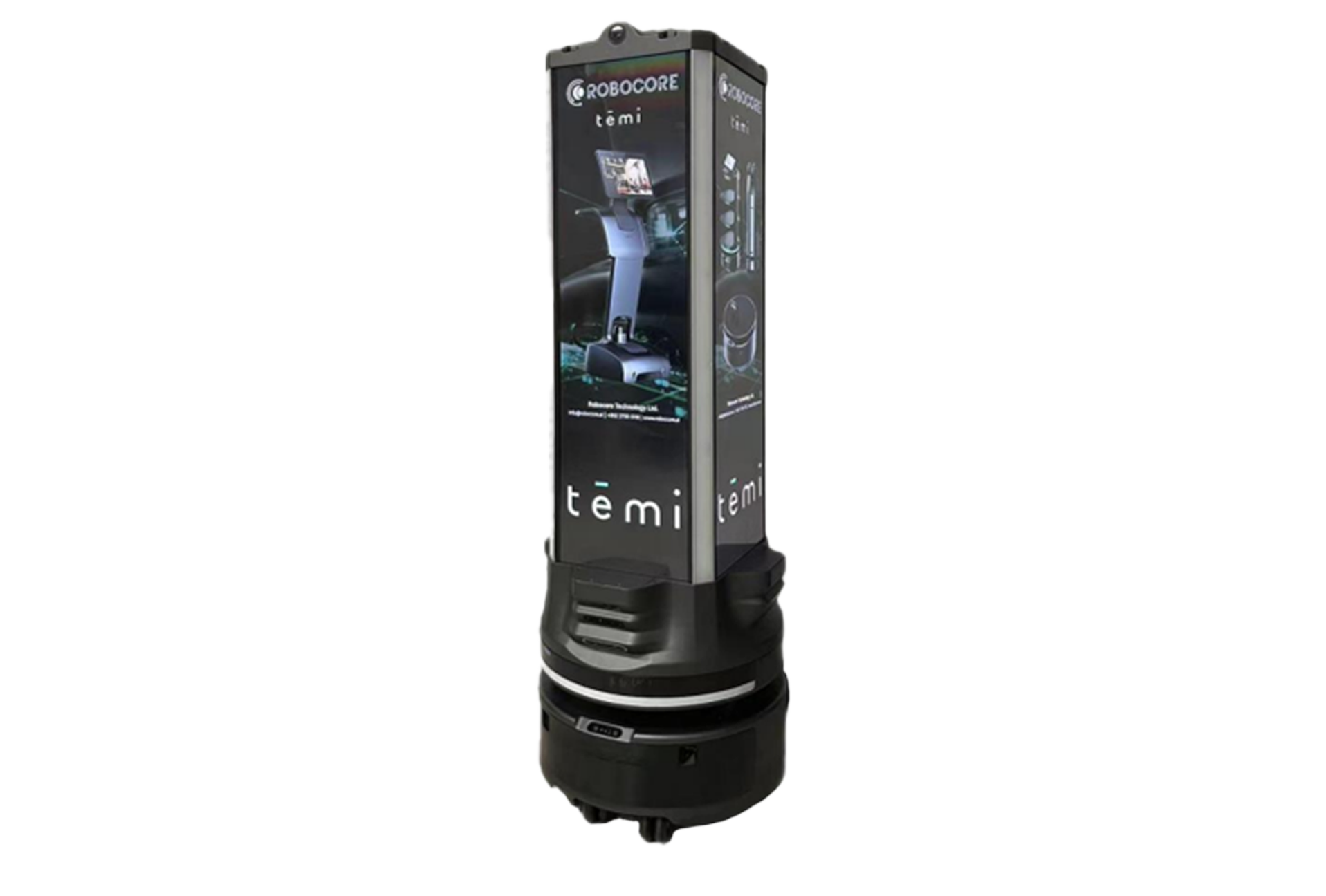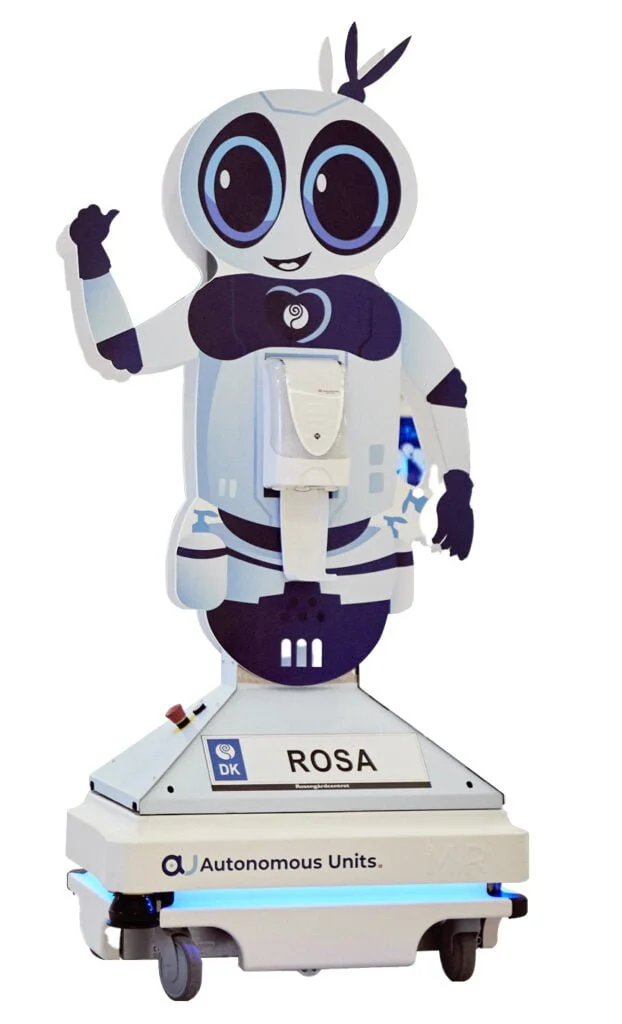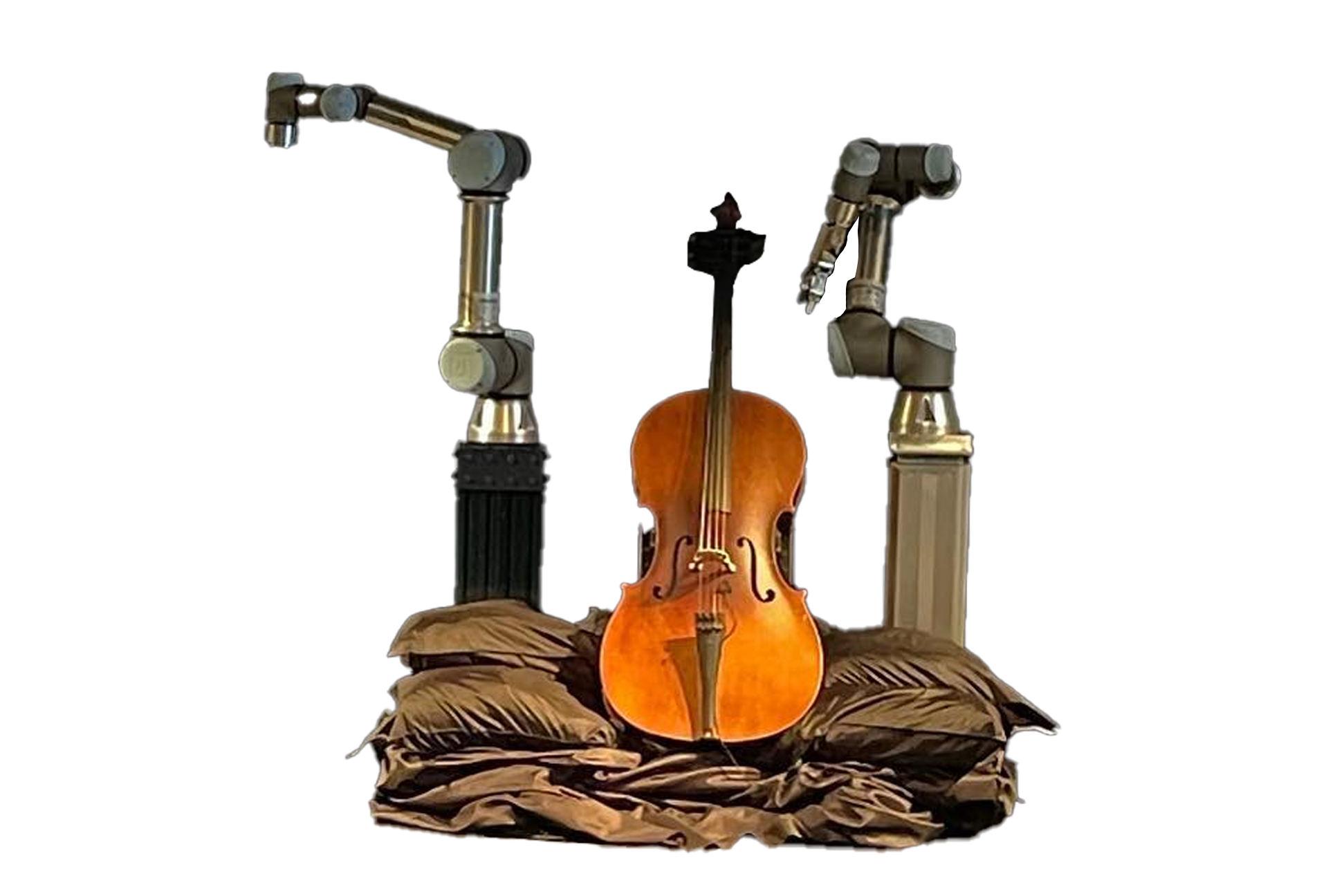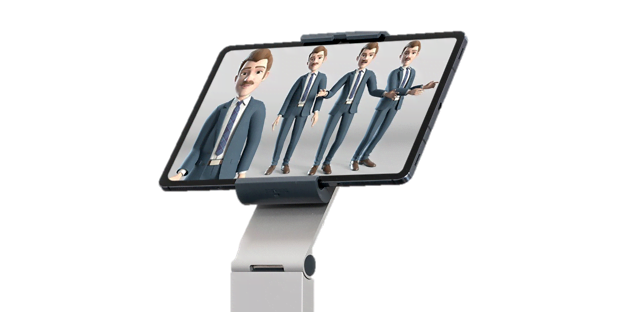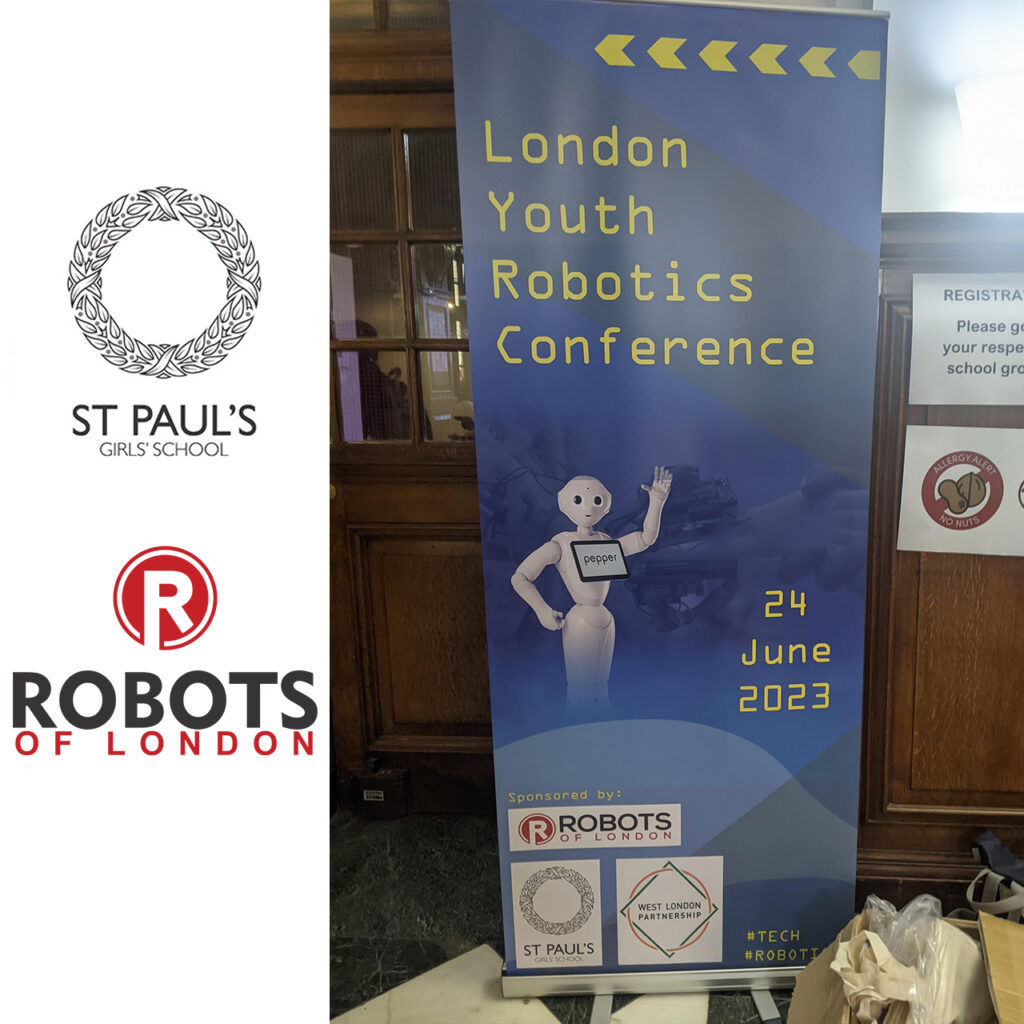Title: Enhancing Learning Experiences: Integrating Educational Robots at St. Paul’s Girls’ School
1. Introduction:
St. Paul’s Girls’ School (SPGS) is a renowned educational institution committed to providing high-quality education to its students. To enhance the learning experiences of their students and promote engagement in the classroom, SPGS has embraced the use of various educational robots, including the Paro robot, a robotic dog, and other robots. This case study explores the integration of these robotic technologies at SPGS and the impact they have had on the students’ educational journey.
2. Background:
SPGS recognized the potential of educational robots in fostering creativity, critical thinking, and problem-solving skills among students. The school partnered with leading robotics companies to introduce innovative robotic tools, with the Paro robot and the robotic dog being two prominent additions. These robots were implemented across different grade levels and subject areas.
3. Objectives:
The primary objectives of introducing educational robots at SPGS were:
a) Enhancing student engagement and participation in the learning process.
b) Developing skills such as teamwork, problem-solving, and communication through robot-assisted activities.
c) Exploring interdisciplinary approaches by integrating robots into various subject areas.
d) Evaluating the impact of educational robots on student performance and academic outcomes.
4. Implementation:
a) Paro Robot: The Paro robot, designed to resemble a baby harp seal, was primarily used in SPGS’s Special Education department. It provided therapeutic benefits for students with special needs, helping them improve social interaction, emotional well-being, and communication skills.
b) Robot Dog: The robotic dog, equipped with sensors and programmed with interactive features, was deployed in science and technology classes as well as language arts sessions. Students learned about robotics, coding, and mechanics through hands-on activities, such as programming the dog to respond to voice commands or perform simple tasks.
c) Other Educational Robots: Apart from the Paro robot and robot dog, SPGS incorporated an array of educational robots across different grade levels and subject areas. Examples included programmable robots for teaching mathematics and logic, humanoid robots for language learning, and robotic kits for engineering and design projects.
5. Results and Impact:
a) Enhanced Engagement: The presence of educational robots at SPGS significantly increased student engagement and motivation. Students found the interactive nature of the robots stimulating and exciting, fostering a positive attitude towards learning.
b) Skill Development: The integration of educational robots facilitated the development of various skills, including problem-solving, critical thinking, creativity, and collaboration. Students were actively involved in designing and programming robots, encouraging teamwork and fostering a hands-on approach to learning.
c) Interdisciplinary Learning: Educational robots served as a catalyst for interdisciplinary learning. For instance, in language arts classes, students wrote creative stories involving the robotic dog as a central character, combining narrative skills with technological understanding.
d) Inclusive Education: The Paro robot proved particularly beneficial for students with special needs. It provided a safe and non-judgmental environment, promoting emotional well-being and communication skills among these students.
e) Academic Outcomes: Preliminary assessments revealed positive correlations between the use of educational robots and improved academic outcomes. Students showcased enhanced problem-solving abilities, a deeper understanding of subject matter, and increased enthusiasm for STEM subjects.
6. Challenges and Future Plans:
While the integration of educational robots at SPGS has been successful overall, there were a few challenges encountered during the implementation. These challenges included technical glitches, limited availability of resources, and the need for continuous professional development for teachers.
SPGS plans to address these challenges by expanding the resources and training opportunities for teachers, encouraging collaboration with robotics experts, and seeking further partnerships with educational technology providers.
7. Conclusion:
The integration of educational robots, including the Paro robot, robot dog,
